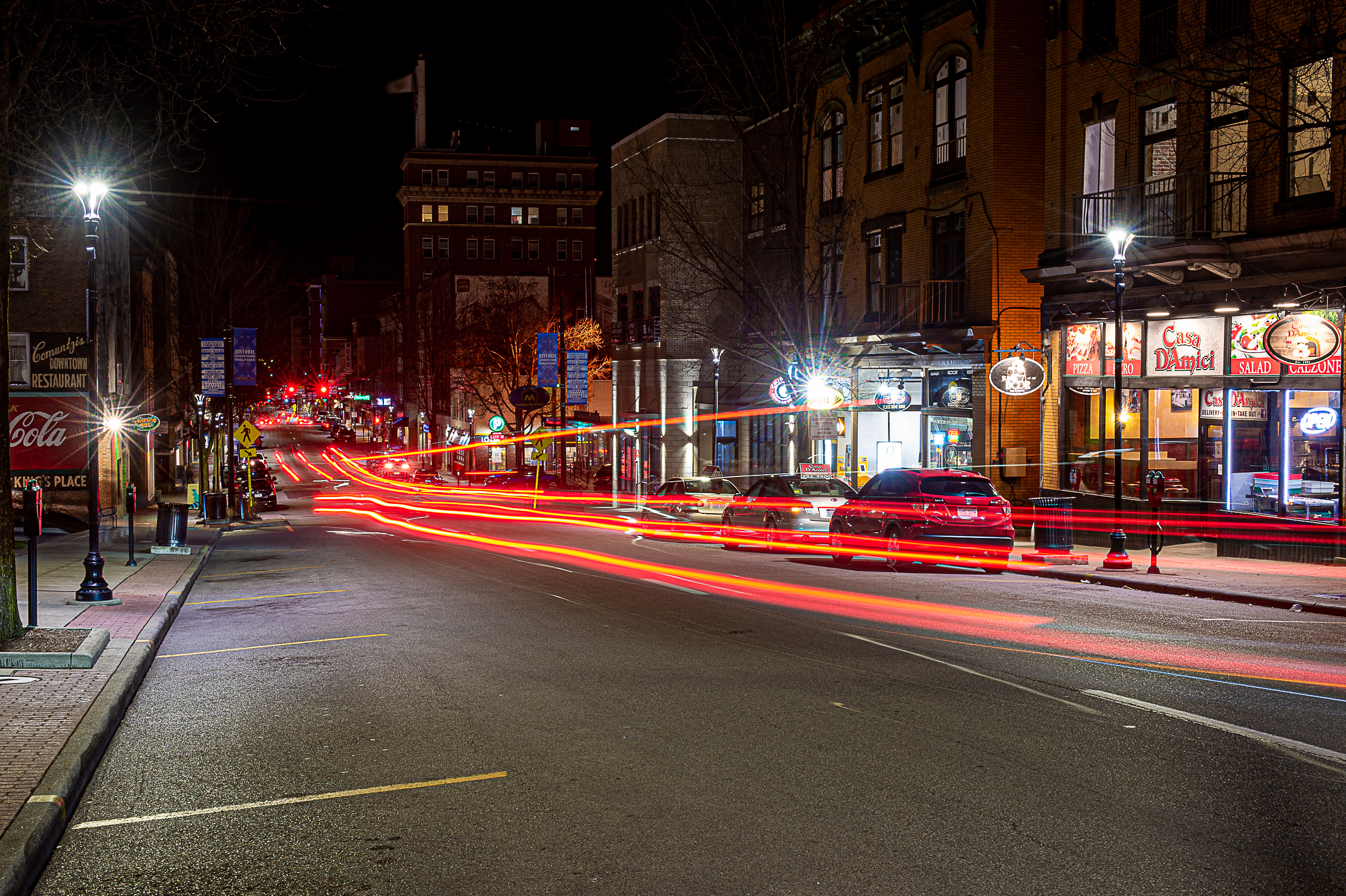MORGNTOWN — Mon Power and its FirstEnergy sister company Potomac Edison have presented to the state Public Service Commission proposed rates for LED outdoor lights for customers that provide outdoor lighting – essentially state and local governments.
Two consumer advocate groups – Energy Efficient West Virginia and West Virginia Citizen Action Group – have objected to the proposed rates saying they’re unreasonably high and will discourage cities and other customers from switching from older style lighting to cheaper and more efficient LEDS.
The PSC is holding a public hearing on the issue Thursday.
Mon Power/Potomac Edison – the companies – filed their proposed rates at the end of June. They said in their filing that they “desire to offer a new outdoor lighting option to their customers. Presently most outdoor lighting customers utilize high pressure sodium, mercury vapor, or metal halide outdoor lighting offerings. The companies have received inquiries from customers about LED lighting as the technology has become more prevalent.” Based on perceived demand, they want to offer LEDs as an option.
The consumer groups support a fair and robust LED tariff – a rate structure – because of the benefits the new technology can provide. “Municipal customers, such as the city of Morgantown, could save money,” an important factor as COVID-19 squeezes local budgets.
But the consumer groups offer a number of objections. One, the companies want to charge $149.39 up front for each replacement LED “luminaire,” which is a unit consisting of a fixture and bulb. “This is discriminatory because none of the companies’ existing tariffs (rate structures) have such a charge. Adding this … creates an additional financial barrier to the adption of LEDs.
Two, they say, the companies want to charge a higher monthly rate for the LEDs than for the other forms of lighting that are less efficient and more costly. Under the proposal, replacing 100 units would cost $14,939 upfront plus $3,756 mor per year under the higher monthly rate.
“The companies’ proposed tariff would result in few, if any, LED conversions,” they say.
LEDs do cost more up front, the consumer groups argue, but last longer and use less power so they save money over their lifetimes. The U.S. Department of Energy projects the market share for mercury vapor (no longer produced), metal halide and high-pressure sodium to drop from 42% in 2017 to 5% iin 2025. LEDs’ share will correspondingly rise from 35% to 94%.
And the DOE says LED prices are steadily dropping: 62% from 2012-2016 and another 55% over the next 15 years.
The groups ask the PSC to not approve the proposed rates and either eliminate the $149.30 up-front charge or modify it based on what is being replaced. And to include an exception for replacing burned out bulbs.
The companies say that their proposed rates are based on costs and depreciation value of the lights to be replaced. Also, the switch is totally voluntary: the customers can choose LEDs or one of the other options.
In rebuttal testimony, the companies refer to mercury, sodium and halide lighting collectively as HID – high-intensity discharge lighting. “No customer is required to utilize the LED luminaire options and they are not required to convert to LED luminaires. Since some customers may voluntarily elect to change their lighting technology and convert to LED, the Companies have included a provision to collect the remaining costs of the existing HID luminaire in these narrow situations.”
It’s unfair to compare the costs of old HID lights to new LED lights, the companies argue, because they have to consider the original purchase costs of the old HID lights, not their current depreciated value.
And the proposed rate factors in the energy savings, they say. But that has a minimal impact on rates because the chief driver is the cost of each unit. And LEDs and HIDs are built differently.
“While it is true that LED luminaires have a longer life than the HID bulb,” the argue, “the HID luminaire has a longer life than the LED luminaire. This is because the LED luminaire is a self-contained unit consisting of the fixture and the bulb. There is no bulb to replace in an LED luminaire. After the LED luminaire fails (either due to fixture or bulb failure), the entire LED luminaire must be changed out with a new LED luminaire. That is not the case for HID luminaires, which can remain in service long after bulb failure by simply changing the bulb.”
Finally, the companies explain their desire to charge for conversion: There is an undepreciated amount of an existing luminaire that must be recouped otherwise the rest of the customer base will absorb those costs made by the customer’s decision to move from a perfectly operable luminaire service to a different luminaire service. Therefore, the customer making such a decision is the causation of the value of the existing fully functioning luminaire not being recovered, and that cost should be assigned to that customer.”
Tweet David Beard@dbeardtdp Email dbeard@dominionpost.com




